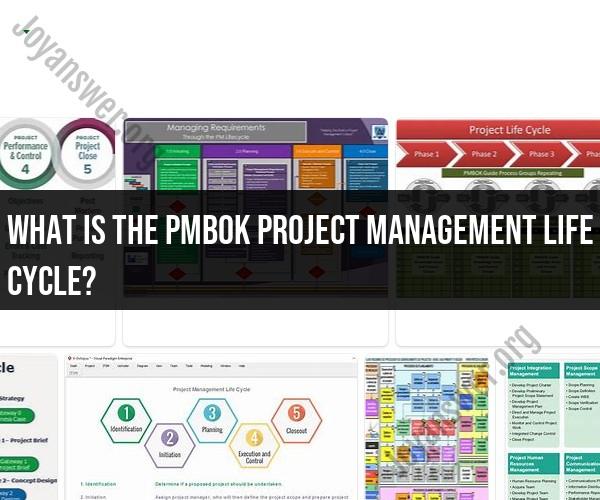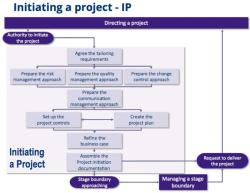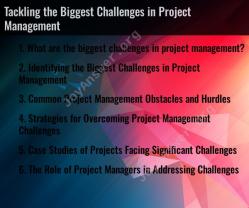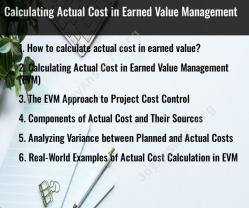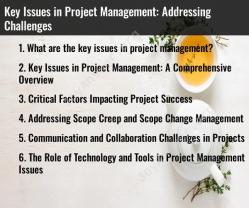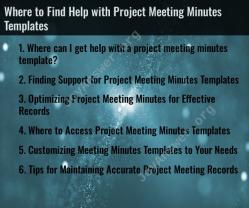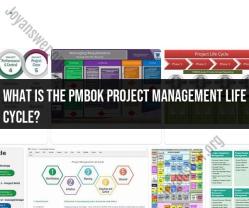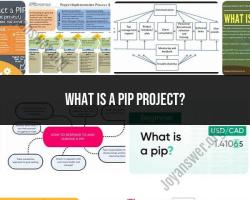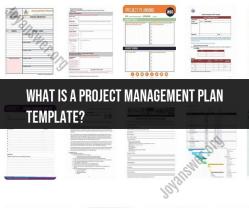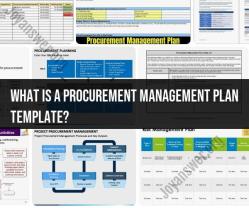What is the PMBOK project management life cycle?
The Project Management Body of Knowledge (PMBOK) is a comprehensive framework that outlines best practices and standards for project management. The PMBOK Guide defines a structured project management life cycle that guides project managers through the stages of initiating, planning, executing, monitoring and controlling, and closing a project. This article provides an in-depth understanding of the PMBOK project management life cycle and its key phases.
1. Initiating Phase:
- During this phase, the project's feasibility and alignment with organizational objectives are assessed.
- Key activities include defining the project scope, identifying stakeholders, and obtaining initial approval to proceed.
- The project manager is typically assigned, and the project charter is developed.
2. Planning Phase:
- Detailed planning is conducted to define project objectives, scope, schedule, budget, and resources.
- Risk assessment, quality planning, and communication planning are crucial aspects of this phase.
- The project management plan is created, which serves as a comprehensive guide for project execution.
3. Executing Phase:
- The project plan is put into action, and project deliverables are developed and completed.
- Resources are allocated, tasks are assigned, and team members work collaboratively to achieve project goals.
- Effective communication and stakeholder engagement are key to successful execution.
4. Monitoring and Controlling Phase:
- Project performance is monitored and measured against the project plan.
- Variance analysis, change control, and risk management are integral to this phase.
- Adjustments are made as needed to keep the project on track and within scope.
5. Closing Phase:
- Project completion is confirmed, and final deliverables are reviewed against the project scope.
- Stakeholder acceptance is obtained, and formal project closure is documented.
- Lessons learned are captured, and the project is transitioned to ongoing operations or maintenance.
Benefits of Following the PMBOK Project Management Life Cycle:
- Structured Approach: The PMBOK life cycle provides a systematic and well-defined approach to managing projects, ensuring consistency and predictability.
- Risk Management: The life cycle incorporates risk management practices at every phase, enhancing the project's ability to identify and mitigate risks.
- Efficient Communication: Clear communication plans and stakeholder engagement strategies are embedded in the life cycle, promoting effective information exchange.
- Quality Assurance: Quality planning and control activities are integrated, leading to higher-quality deliverables and customer satisfaction.
- Project Control: The monitoring and controlling phase allows for ongoing project assessment and adjustments, maintaining control over project variables.
Conclusion:Understanding and applying the PMBOK project management life cycle is essential for successful project execution. By following the structured phases of initiation, planning, execution, monitoring and controlling, and closing, project managers can navigate complex projects with greater efficiency, accountability, and control, ultimately leading to the achievement of project objectives and stakeholder satisfaction.
